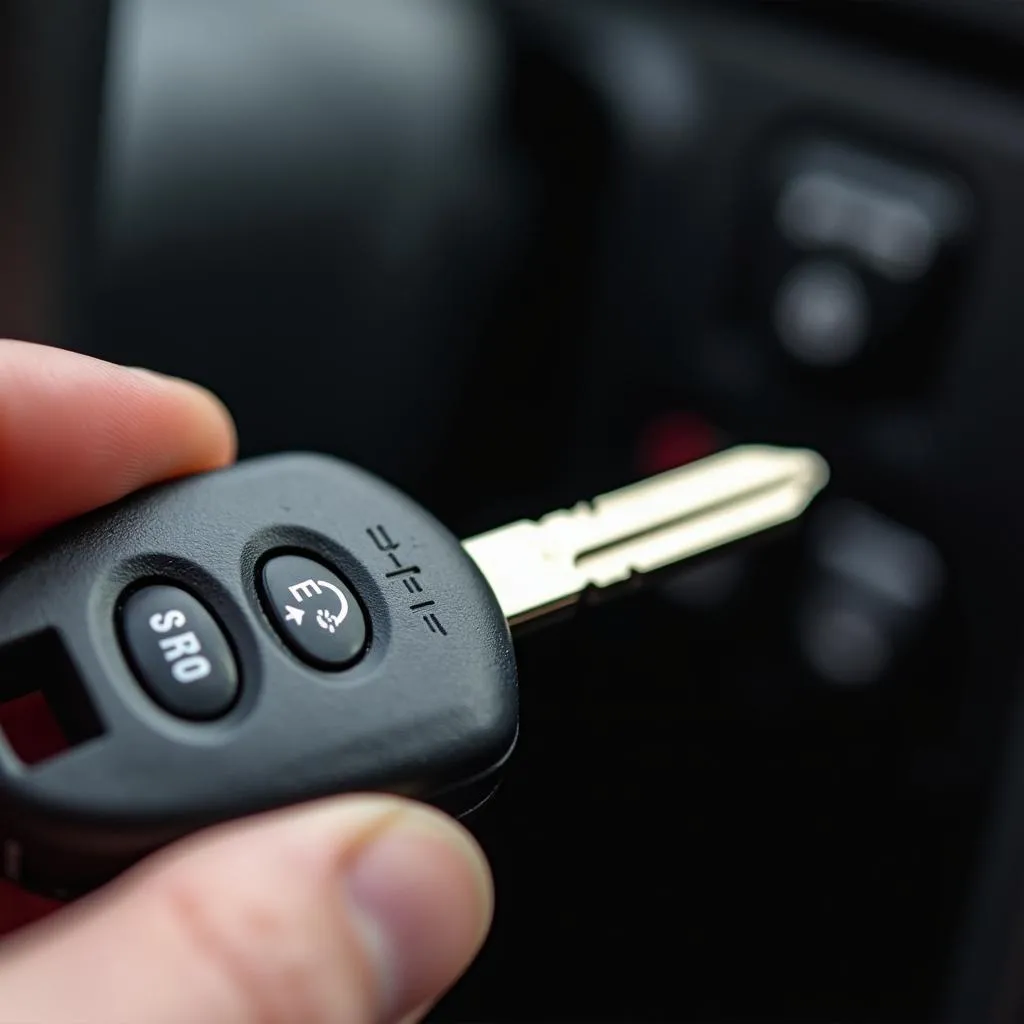The service brake system warning light on your dashboard is a crucial safety indicator. When illuminated, it signals a potential issue with your vehicle’s braking system. While this warning can sometimes be triggered by minor glitches, it’s essential not to ignore it. This comprehensive guide will delve into the common causes of a service brake system warning, provide step-by-step instructions on how to reset it, and offer insights into when professional help is necessary.
Understanding the Service Brake System Warning Light
Your vehicle’s braking system is a complex network of components working together to ensure safe and efficient stopping power. The service brake system warning light is designed to alert you to any malfunctions within this system.
Common Causes of a Service Brake System Warning
Several factors can trigger the service brake system warning light. Understanding these causes can help you determine the severity of the issue and the appropriate course of action.
- Low Brake Fluid: One of the most common culprits is low brake fluid. A leak in the brake lines or worn-out brake pads can cause the fluid level to drop, triggering the warning light.
- Worn Brake Pads: Brake pads are designed to wear down over time. When they reach a certain thickness, a sensor will activate the warning light, indicating it’s time for a replacement.
- Faulty ABS Sensor: The Anti-lock Braking System (ABS) prevents your wheels from locking up during hard braking. If an ABS sensor malfunctions, it can trigger the service brake system warning.
- Issues with the Brake Master Cylinder: The brake master cylinder plays a vital role in distributing brake fluid to the wheels. A faulty master cylinder can lead to a loss of braking pressure and trigger the warning light.
How to Reset the Service Brake System Warning
Resetting the service brake system warning should only be done after addressing the underlying issue. Attempting to reset the warning without fixing the problem can be dangerous.
Note: The following steps provide a general guideline. Procedures may vary slightly depending on your vehicle’s make and model.
-
Identify and Address the Root Cause: Before attempting to reset the warning, it’s crucial to diagnose and repair the underlying problem. This might involve checking the brake fluid level, inspecting the brake pads, or scanning the vehicle for diagnostic trouble codes (DTCs) using an OBD-II scanner.
-
Refer to Your Vehicle’s Service Manual: Your car’s service manual will provide specific instructions on how to reset the service brake system warning for your particular model.
-
Disconnect the Battery: As a safety precaution, disconnect the negative terminal of your car battery before proceeding.
-
Locate the Brake System Reset Procedure: The reset procedure typically involves a combination of pressing the brake pedal, turning the ignition key, or using a specific button sequence. Refer to your service manual for the exact steps.
-
Reconnect the Battery and Test the Brakes: Once you’ve completed the reset procedure, reconnect the negative battery terminal. Start the engine and test the brakes in a safe environment to ensure the warning light has been successfully reset and the braking system is functioning correctly.
When to Seek Professional Help
While some brake system issues can be addressed with basic DIY knowledge, it’s essential to recognize when professional assistance is necessary. If you encounter any of the following, it’s crucial to take your vehicle to a qualified mechanic:
- You are uncomfortable performing the diagnosis or repair: Brake systems are critical safety components, and attempting repairs beyond your skill level can be dangerous.
- You suspect a serious issue with the braking system: If you experience a soft brake pedal, unusual noises when braking, or a complete loss of braking power, seek professional help immediately.
- You are unable to reset the warning light: If you’ve addressed the underlying problem but the warning light persists, it’s best to consult a mechanic to diagnose and resolve any potential electrical or sensor issues.
Internal Links for Additional Information
If you’re facing specific brake warning light issues with certain car models, you may find these resources helpful:
- Reset service brake system warning on 03 gmc sierra 2500hd
- 2006 mini cooper brake warning light reset
Conclusion
Addressing a service brake system warning promptly is paramount for your safety and the well-being of other road users. By understanding the common causes, knowing how to reset the warning, and recognizing when professional help is needed, you can ensure your vehicle’s braking system remains in optimal condition.

